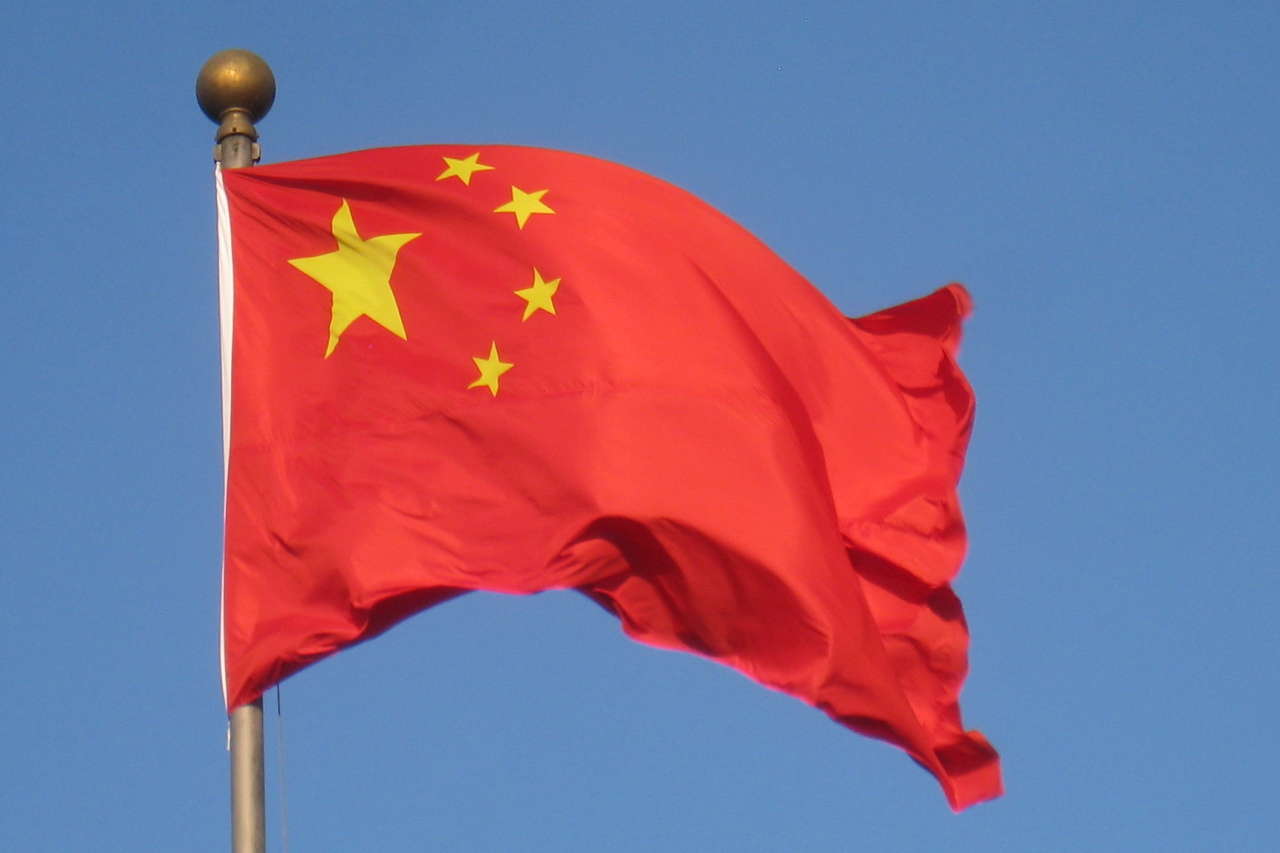China’s foreign exchange reserves unexpectedly rose in June, bolstered by an increase in the value of its U.S. Treasury holdings in an otherwise volatile month for Chinese markets, which were battered by fears about a Sino-U.S. trade war, Reuters reports.
Reserves rose $1.51 billion in June to $3.112 trillion, compared with a drop of $14.23 billion in May, central bank data showed on Monday. Economists polled by Reuters had expected reserves to drop by $10.6 billion to $3.10 trillion.
China’s State Administration of Foreign Exchange (SAFE) said in a statement the small increase in reserves was due to asset price changes but did not provide details.
Analysts pointed to the performance of U.S. bonds in June, which are believed to make up a major part of China’s reserves.
“U.S. Treasury yields were down in June, so valuation factors were conducive to an increase in foreign reserves,” said Er Yongjian, chief financial analyst at Bank of Communications.
Fears about a global trade war were among the factors in June that drove investment flows into safe haven assets, such as U.S. government bonds.
China is the largest holder of U.S. government debt. Its holdings fell to $1.182 trillion in April from $1.188 trillion in May, data from the U.S. Treasury Department showed. China also invests its reserves in other U.S. instruments as well as sovereign debt of other countries.
At the same time, the U.S. dollar index rose slightly by 0.7 percent in June, compared with a sharper gain of 2.3 percent in May, according to Thomson Reuters data.
“The impact of a strengthening U.S. dollar on foreign exchange reserves in June was not as big as in May,” said Wen Bin, chief analyst at China Minsheng Bank.
China’s currency and equity markets had been on edge ahead of July 6, when U.S. tariffs on $34 billion worth of Chinese goods kicked in. Beijing has retaliated with tariffs on U.S. products of the same value.
The heightened Sino-U.S. trade tensions have sparked concerns of capital outflows from China and threatened to pile more pressure on the Chinese currency.
In June, the yuan suffered its worst month on record, falling 3.3 percent against the U.S. dollar. June also represented the worst month for Chinese stocks in more than two years.
Capital flight was seen as a major risk for China at the start of 2017, but a combination of tighter capital controls and a faltering dollar helped the yuan stage a strong turnaround, bolstering confidence in the economy.
Last year, the yuan reversed three straight years of depreciation against the U.S. dollar and China’s cross-border capital flows went from net outflows to basically stable.
The yuan fell through a key psychological level of 6.7 on the U.S. dollar on July 3. The Chinese authorities made remarks the same day to assure markets it would keep the currency stable.
Market participants last week said major state-owned banks were seen swapping yuan for dollars in the forwards market and immediately selling them into the spot market to prop up the Chinese currency.
Despite the market tumult in recent weeks, China appears broadly comfortable with a weakening yuan and would intervene only to prevent any destabilizing declines or to restore market confidence, policy insiders told Reuters.
Authorities are also confident they won’t have to make heavy use of the official foreign exchange reserves to defend the yuan as they did during 2015 when stocks and the currency went into a tailspin.
The value of China’s gold reserves fell to $74.071 billion at the end of June, from $77.323 billion at the end of May.






